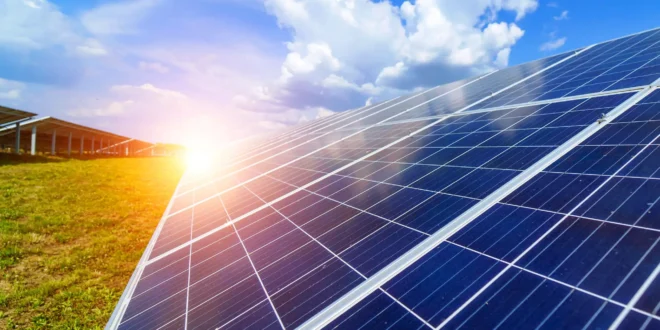As cities around the world are looking for ways to reduce their energy consumption and carbon footprints, solar power has emerged as a viable alternative. Solar energy is an abundant source of clean power that can be implemented into urban infrastructure design in creative ways beyond rooftop panels.
This article will explore how integrating solar power into city designs can create more sustainable living environments while still meeting the needs of communities. It will discuss innovative technologies, public policy initiatives, and emerging trends that are paving the way toward a greener future with increased access to renewable energy sources.
Optimizing Rooftop Solar Potential in Smart City Design
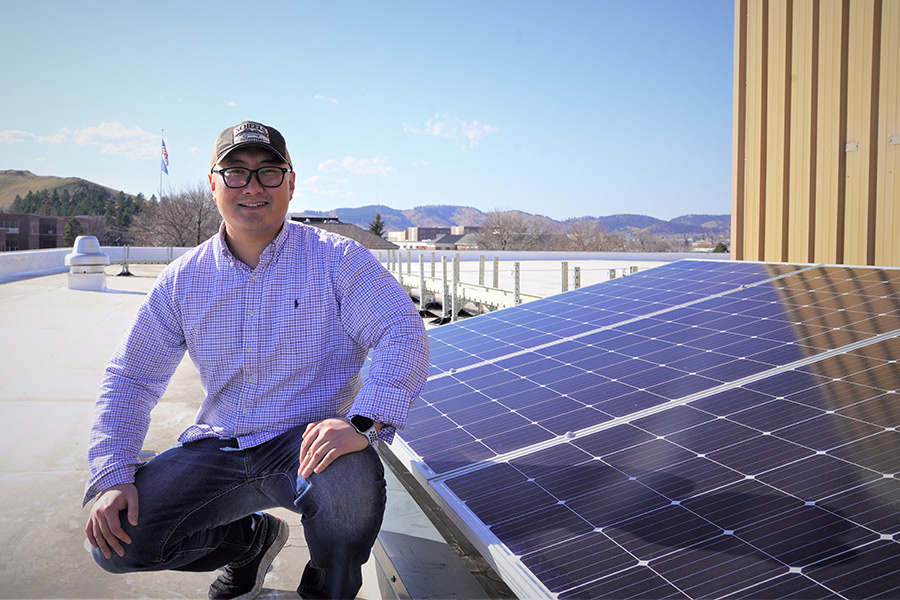
The integration of solar power into urban infrastructure is an important step in optimizing rooftop solar potential and creating smart cities. Rooftop panels are a great start, but there are other ways to maximize the use of this renewable energy source.
By looking at the city as a whole system, it becomes possible to design solutions that go beyond just installing photovoltaic systems on rooftops. For example, by constructing buildings with optimized orientation relative to sunlight, or incorporating reflective surfaces and green roofs into building designs, we can increase the amount of solar energy available for use. Additionally, current technologies allow us to store excess energy generated by these systems in batteries or other storage units so that they can be used even when sunlight is not available.
Finally, integrating strategies such as net metering and demand response allows cities to better manage their electricity consumption patterns depending on peak times and available resources. Smart city design requires taking all of these factors into consideration to optimize rooftop solar potential while ensuring sustainable development practices for future generations
Exploring the Benefits of On-site Solar Power Generation for Cities
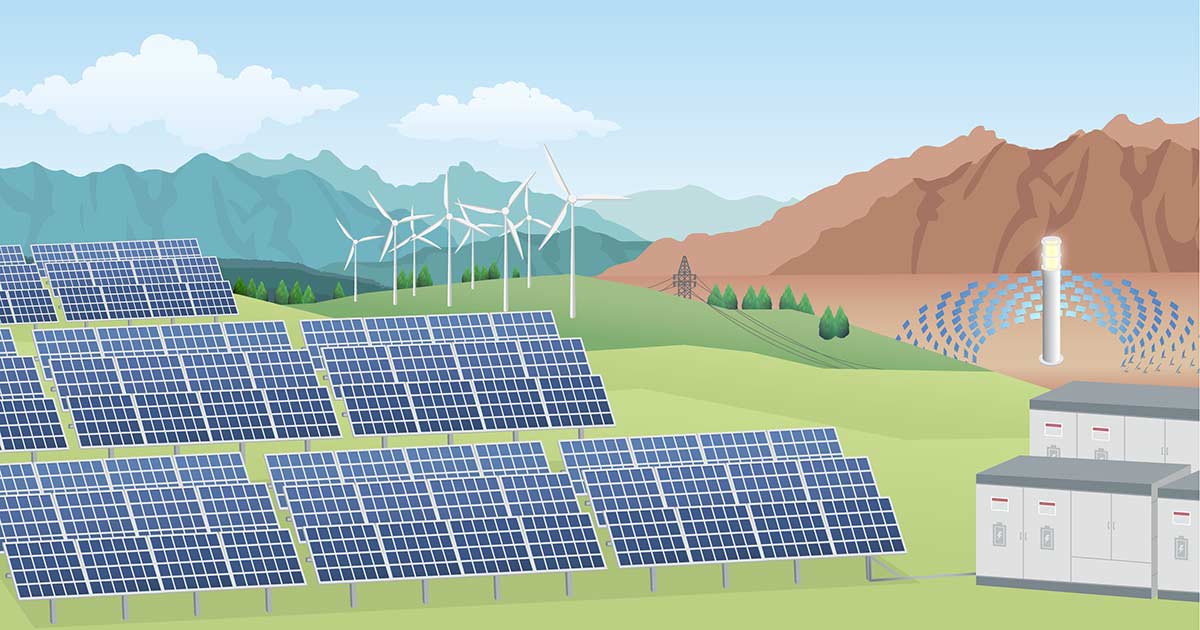
As cities around the world look for solutions to reduce their environmental footprint, on-site solar power generation is increasingly being considered an important part of urban infrastructure design. By investing in renewable energy sources such as photovoltaic (PV) cells and other technologies, cities can produce clean electricity and reduce their dependence on fossil fuels. Furthermore, when designed correctly, these systems can minimize the overall cost of energy production while also providing a host of additional benefits that extend beyond reduced emissions.
The efficient integration of PV arrays into cityscapes not only allows municipalities to make use of otherwise unused roof space but also improves air quality by reducing atmospheric pollution caused by burning fossil fuels. Additionally, solar power generation helps local governments meet ambitious sustainability goals without having to invest heavily in costly large-scale projects or complex technological developments.
The widespread use of distributed PV systems can further create jobs related to installation and maintenance which has the potential to boost economic growth in many communities at once. On-site solar power generation also offers unique advantages for both businesses and individuals living within a municipality’s boundaries; businesses may be able to take advantage of net metering schemes which provide credits against future electricity bills while homeowners have access to more affordable green energy options with fewer risks associated with fluctuating market prices.
Ultimately, integrating solar technology into urban infrastructure designs provides numerous opportunities that could help improve a city’s overall sustainability profile while also delivering attractive returns on investment over time.
Integrating Rooftop Panels into Building Architecture for Sustainability
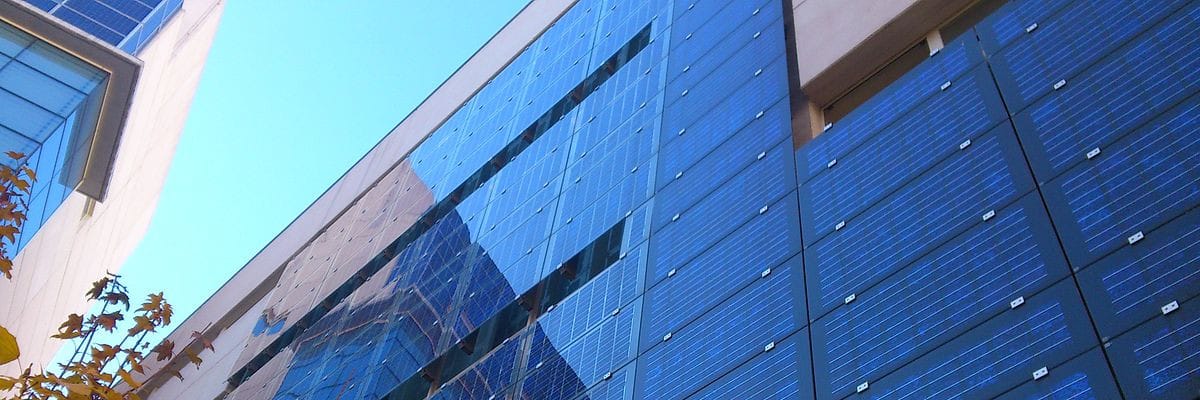
In recent years, urban infrastructure has been transformed by the introduction of rooftop panels for generating solar power. These panels are seen as an ideal way to reduce reliance on traditional forms of energy production and move towards a more sustainable form of energy generation.
However, to truly maximize the potential of these technologies, it is important to consider how they can be integrated into the existing building architecture. The most effective way for this integration to take place is through careful consideration of both aesthetics and practicality.
Aesthetically speaking, rooftop panels should blend in with the overall appearance and design language of a building’s exterior without detracting from its purpose or function. Practically speaking, panel placement needs to ensure that maximum sunlight exposure is achieved while allowing safe access and maintenance routes for technicians when needed.
It is also necessary to bear in mind the logistical considerations when integrating rooftop solar panels into the architecture of a building – such as weight loading calculations associated with larger areas covered by multiple installations – which may necessitate additional structural reinforcement measures being taken prior to installation work commencing. By taking all these aspects into account during the initial planning stages, architects can ensure that any proposed solar solutions maintain their desired aesthetic while still providing optimal performance benefits over time.
Ultimately, successful integration of rooftop photovoltaic systems requires thoughtful consideration between architects and engineers alike in order to create a system that not only looks good but functions effectively too; helping cities across the globe transition towards greater sustainability goals whilst still retaining architectural integrity at every stage along the way
Conclusion
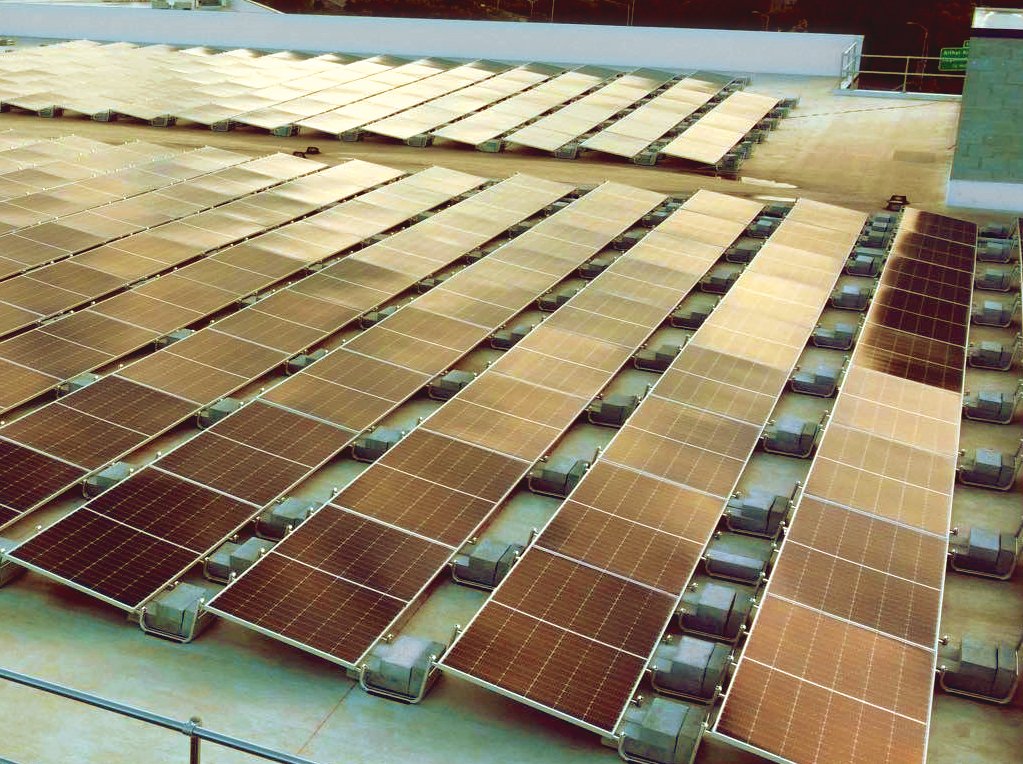
In conclusion, solar energy has the potential to revolutionize urban infrastructure design and bring a variety of benefits. Solar panels on rooftops are one way to access this energy, but there is so much more that can be done with it.
Zeal Energy provides an innovative solution for integrating solar into larger-scale urban designs by providing complete systems that work seamlessly together — from the photovoltaic arrays and inverters up to sophisticated data analysis tools. With solutions like these in place, cities will have access to clean renewable energy sources for many years to come.
 Howl Movie
Howl Movie
